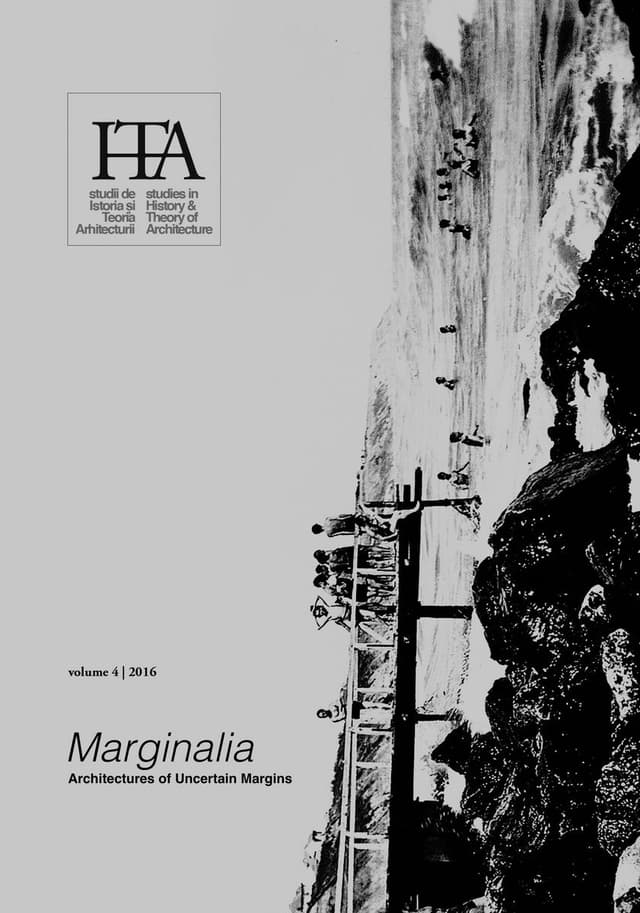Architectural Pluralism at the Edges.The Visual Eclecticism of Medieval Monastic Churches in Eastern Europe
Architectural Pluralism at the Edges.
The Visual Eclecticism of Medieval Monastic Churches in Eastern Europe
by
Alice Isabella Sullivan
Keywords
medieval ecclesiastical architecture
cultural contacts
Architectural history
patronage
stylistic diversity
Eastern Europe
Throughout the medieval and early modern periods, the regions around the Carpathian Mountains and the northern parts of the Balkan Peninsula stood at the margins of both the Western and Eastern Roman Empires. While at the crux of various cultural and spiritual realms— Western European, Byzantine, Slavic, and even Islamic—select elements from distinct artistic traditions shaped the architectural vocabularies of local monuments to surprising results. This is especially evident in the monastic churches (or katholika) of the twelfth through the sixteenth centuries from regions such as Serbia, Bulgaria, and the Romanian principalities of Wallachia and Moldavia. This article considers the compound visual and architectural vocabularies of select katholika built under princely patronage in Eastern European zones of generative creativity during the medieval period that reflect contemporary dynamics of cultural contacts in certain regions, and also demonstrate the delicate dialogue between the visual and the political dimensions of princely patronage in the ecclesiastical sphere at key historical moments. The analysis relies on the formal features of the monastic churches and their spatial articulations, as it seeks to demonstrate that stylistic pluralism persisted, to various degrees, in the architecture of Eastern European churches, and katholika in particular, well into the sixteenth century.
Published in

Chicago citation style
DOI:
10.54508/sITA.4.10